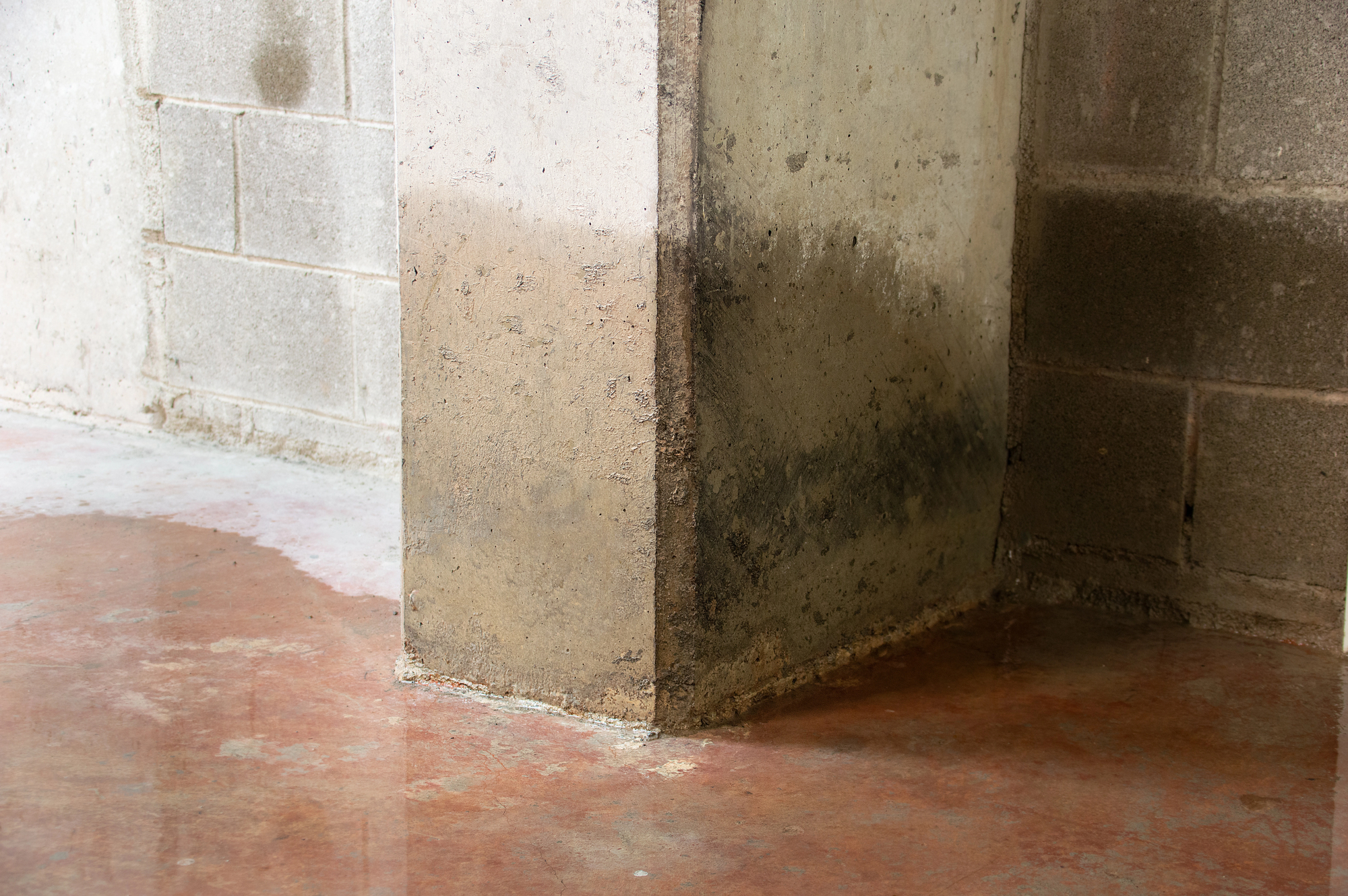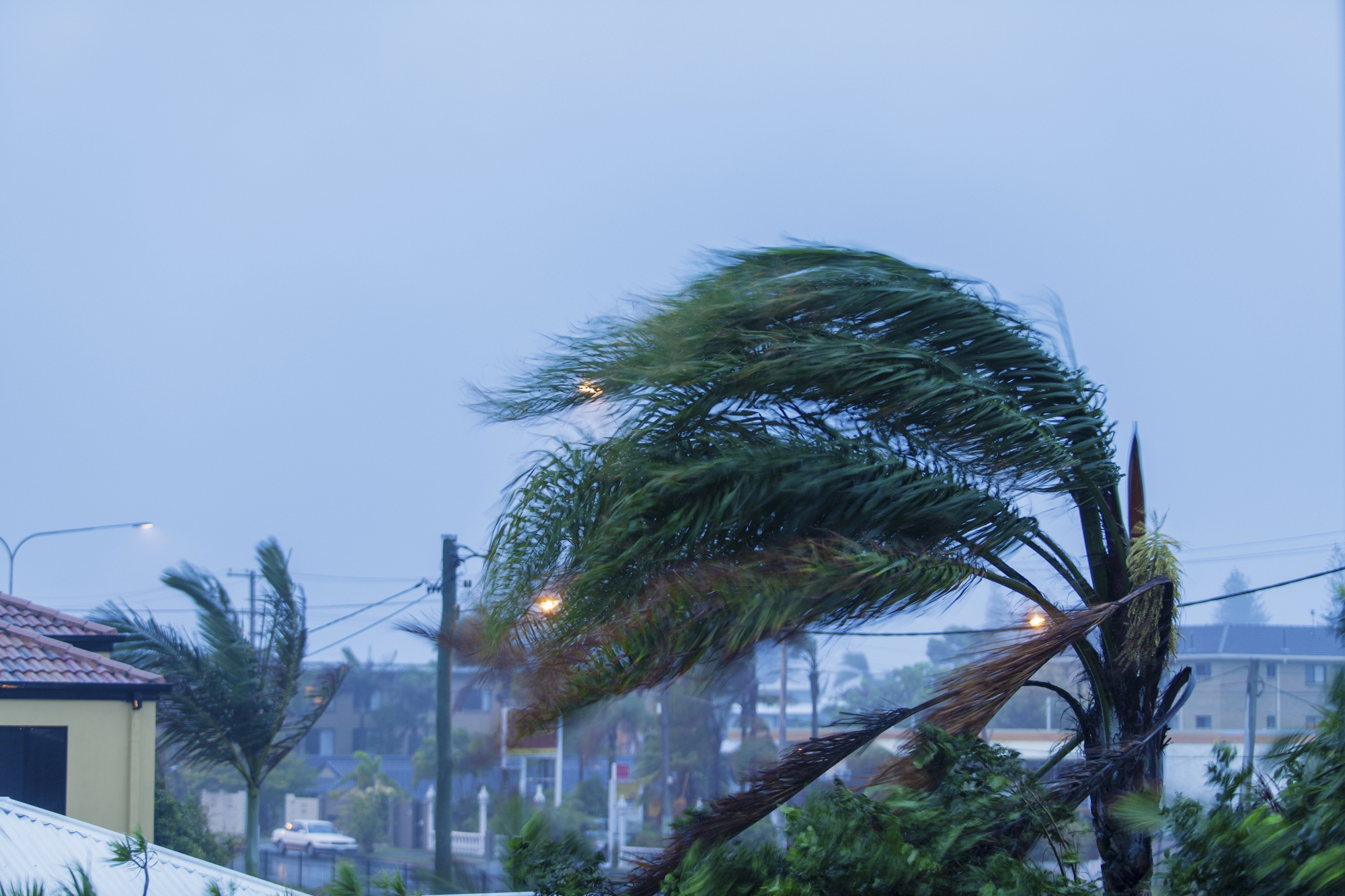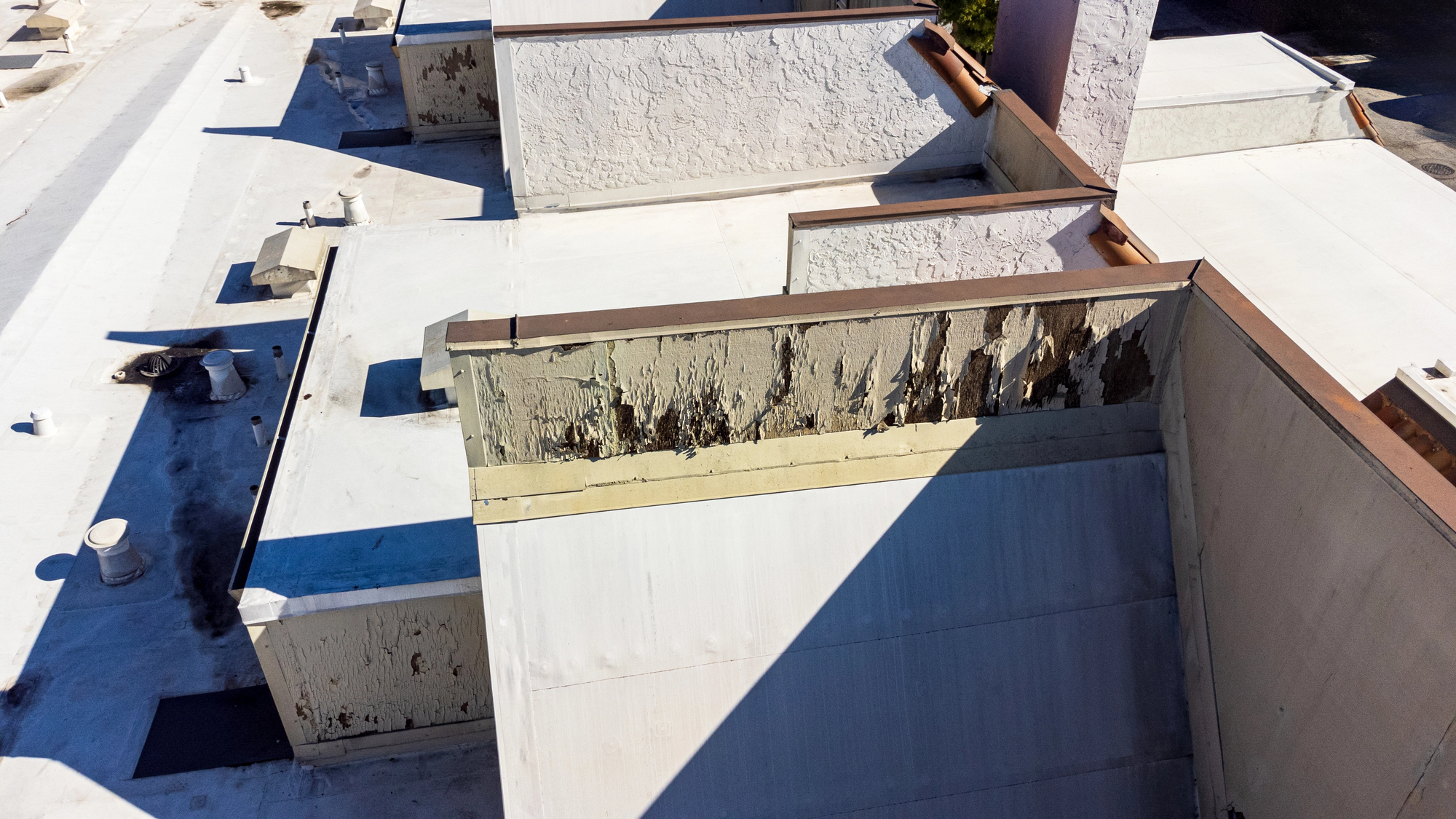December 31, 2025
Snow and Ice Management: Protecting Commercial Roofs and Building Exteriors from Winter Strain
Winter conditions like snow and ice create a very different operating environment for
For commercial property owners, the period following a major storm can bring uncertainty—and costly surprises. What looks like minor exterior damage may be hiding serious structural issues beneath the surface.
And with the 2025 storm and hurricane season expected to bring increased activity across the Atlantic, the risks are far from theoretical. Meteorologists are forecasting the formation of 19 named storms, nine hurricanes, and four major hurricanes reaching Category 3 or higher. For building owners and managers, this means that preparation and response aren’t optional; they’re essential.
Storms test the limits of your building’s exterior systems. Even if the damage appears minimal, wind-driven rain and fluctuating pressure can cause unseen structural degradation. Left unaddressed, these issues have a way of growing, leading to higher repair costs, liability risks, and even business disruptions.
With a proactive approach to storm damage response, water damage restoration, and exterior repairs, commercial property owners can protect the structural integrity of their assets and reduce long-term risks.
Explore the hidden impacts of storms, the consequences of delaying restoration, and the most effective actions to take after severe weather hits.

The structural consequences of storm-related damage often escape immediate detection.
During high-wind events and severe rainstorms, stress is exerted on the building envelope—comprising the roofing system, exterior walls, windows, and foundation.
Each of these components plays a critical role in supporting the structure and shielding it from environmental intrusion.
Wind uplift can cause the partial detachment of roofing membranes or panels, while the intrusion of wind-driven rain may lead to moisture accumulation beneath surfaces. Over time, this accumulation contributes to the degradation of insulation, corrosion of fasteners, and deterioration of structural decking.
Flashing and sealant failure at roof-wall intersections or around penetrations may also facilitate water ingress, causing slow but progressive damage to framing members.
Wall systems, including brick, EIFS (Exterior Insulation and Finish Systems), and metal panels, are susceptible to movement or cracking under pressure and impact from debris.
Once breached, these systems allow moisture intrusion, which can compromise sheathing, studs, and load-bearing components.
Warped window frames, damaged seals, or loose anchors can lower a building’s ability to withstand strong winds. These issues make the structure more vulnerable during future storms and can also lead to higher energy loss and a greater risk of structural damage over time.
Water infiltration—undetected or untreated—can result in microbial growth, compromised indoor air quality, and accelerated material failure.
In older buildings, the foundation can shift if water pressure builds up around it or if the soil underneath erodes after heavy rain.
Postponing exterior restoration after a storm often results in significantly higher repair costs and structural risks. While initial damage may appear minor, unresolved issues tend to escalate into larger system failures, especially when exposed to additional weather events.
For example, a small puncture in a membrane roof may seem inconsequential, but repeated moisture infiltration can eventually compromise insulation, corrode fasteners, and deteriorate structural decking.
Full roof system reconstruction may become necessary if restoration is not prioritized early.
Localized issues, such as lifting seams, damaged flashing, or hairline cracks in cladding, can become entry points for water and wind.
Continued exposure leads to material fatigue, saturation of insulation, microbial growth, and eventual weakening of load-bearing assemblies.
Without prompt remediation, what begins as isolated damage can impact large portions of the roofing or wall system, resulting in a far more complex and costly project.
Most commercial property insurance policies include provisions requiring policyholders to take “reasonable steps” to mitigate further damage. Failure to initiate repairs or inspections in a timely manner can lead to partial claim denial or reduced compensation.
Documentation of early mitigation efforts—such as temporary repairs or third-party inspections—often plays a role in full claim approval. By waiting, owners risk not only additional damage but also reduced financial support for restoration.
Unrepaired exterior damage introduces significant operational risk. Leaks, power issues, or safety hazards may require partial or full closure of tenant spaces. For multi-tenant buildings or retail centers, this can lead to lease disputes or reduced tenant satisfaction.
Unresolved structural concerns can also trigger inspections by local building officials, resulting in compliance orders, citations, or mandatory shutdowns until repairs are completed.
The long-term impact of delaying restoration extends beyond aesthetics or functionality.
Structural framing, foundation systems, and envelope components are all vulnerable to cumulative stress caused by moisture intrusion and thermal cycling. Over time, this can lead to permanent deformation, corrosion, or wood rot, necessitating invasive repairs that could have been avoided through earlier intervention.

Following a major weather event, a methodical, property-wide inspection and remediation process is recommended. Each system should be examined for functionality, safety, and performance degradation.
The following measures represent industry-standard best practices for post-storm commercial property evaluation:
Begin with a detailed roof inspection conducted by licensed roofing professionals.
Key inspection targets include:
Exterior facades, particularly those constructed from brick, EIFS, metal panels, or cementitious siding, require detailed inspection. Evidence of cracking, bulging, or joint separation should prompt immediate investigation.
Essential evaluation points include:
Cladding systems serve both aesthetic and protective roles. Failing to address early signs of deterioration can allow moisture to infiltrate wall cavities.
Windows and doors are among the most common failure points during storms. Professionals must review all glazing, framing, and anchoring hardware for signs of compromise.
Inspection should include:
In storm and hurricane-prone regions, consider upgrading to impact-rated systems for greater durability and wind resistance.
Storm debris, wind, and water pressure frequently damage drainage systems. A properly functioning water management system is essential for directing stormwater away from the building envelope and foundation.
Inspect all gutters and downspouts for dislodgment, blockage, or breakage.
Maintenance tasks may include:
Failure in these systems can lead to roof overflows, foundation saturation, and erosion.
The foundation should be checked for signs of movement, cracking, or drainage problems.
Heavy or prolonged exposure to stormwater—and shifts in the surrounding soil—can cause parts of the building to settle unevenly or shift, leading to structural stress.
Foundation checks should include:
Selection of a qualified commercial restoration contractor is critical. Contractors specializing in storm recovery are equipped to manage inspection, damage documentation, permitting, and reconstruction while coordinating with insurance providers.
Look for service providers offering:
Hiring early helps prevent extended closures, missed policy deadlines, and code violations.
Insurance companies require substantiation of damages and demonstration of timely mitigation. Restoration professionals can support the documentation process through photo logs, written assessments, repair estimates, and scheduling timelines.
To streamline the claims process:
Engaging restoration professionals early increases the likelihood of full reimbursement and ensures compliance with policy terms.
Exterior restoration efforts present opportunities to improve the structure’s resilience to future storms. Strategic upgrades can reduce long-term maintenance requirements, increase energy efficiency, and mitigate future losses.
Potential enhancements include:
Many insurers provide premium reductions or incentives for resilience-based upgrades, providing a measurable return on investment over time.

Storms may pass quickly, but the damage they leave behind can create long-lasting consequences if not addressed.
Prioritizing exterior restoration after storms supports structural integrity, ensures regulatory compliance, reduces liability, and preserves asset value.
At BlueTeam, we specialize in high-quality commercial restoration, construction, and roofing services tailored for properties across various industries.
Contact us today to schedule a free roof inspection or our restoration services and ensure your commercial property is storm-ready before the season intensifies.